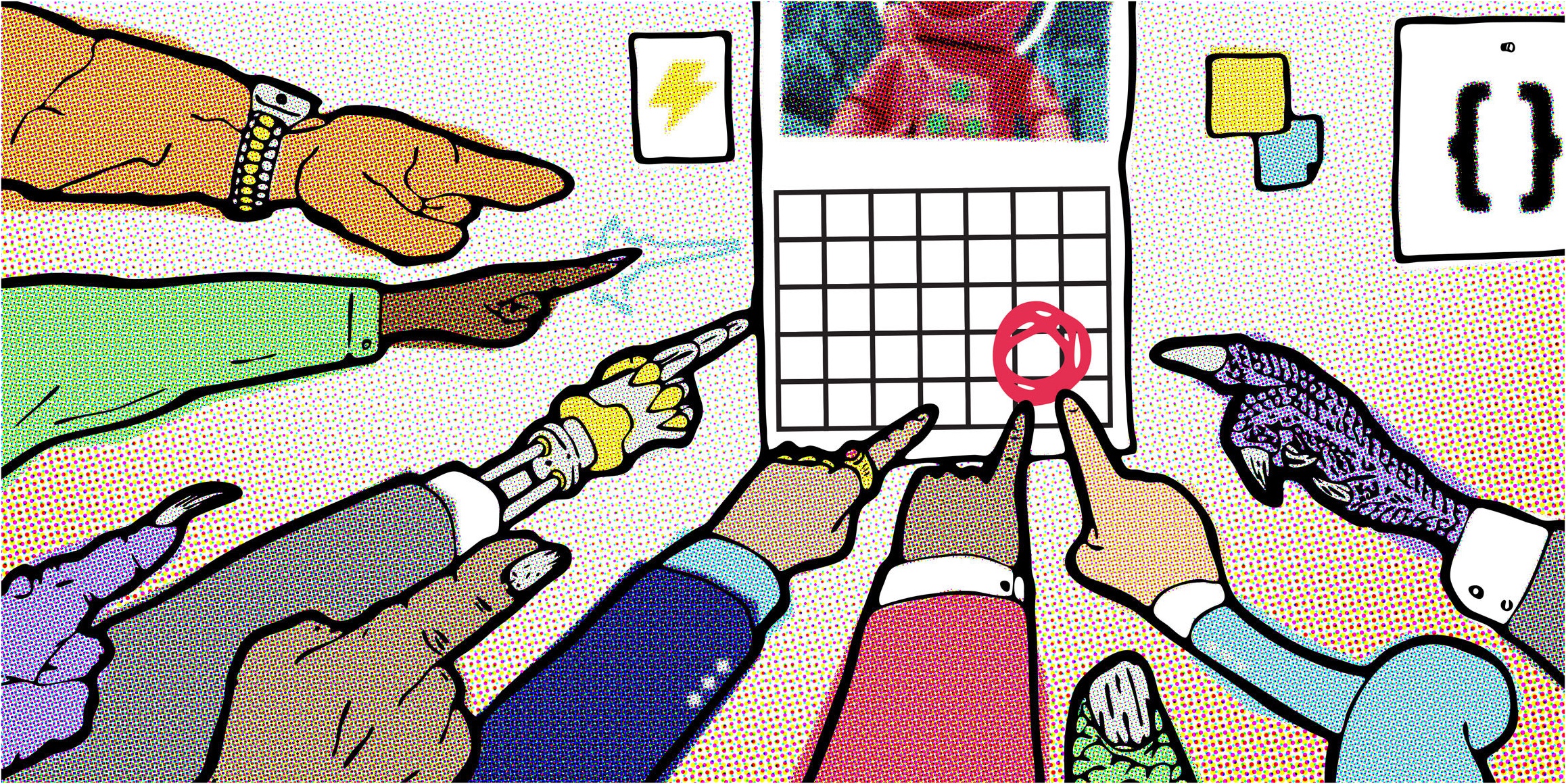Every year, marketing feels more and more like a juggling act. To keep pace with the competition, you’re responsible for a growing number of projects, products, and campaign plans. But to be effective, you must target multiple platforms and digital channels, which require their own approaches and skillsets.
As work piles up, you likely need an assortment of specialized agencies at your side. While each one fulfills a vital need, keeping so many collaborators in line is difficult. Sometimes your creative partners don’t get along. Or an agency will overextend its reach out of an unhealthy sense of competition. As a result, you often find yourself playing peacekeeper instead of focusing on the problems you need to resolve. With so many details demanding focus, how will you ensure all your efforts stay on the same page?
The answer, as always lies in your customer. When you and your creative partners operate from that single source of truth, all your work stays in alignment. That way, as your project launches, nobody has dropped the ball.
Define marketing challenges to develop cross agency collaboration
Communication is critical when you’re managing multiple specialized agencies. As the demands on your time multiply, a creative partner can bring much-needed expertise to target a specific channel.
But you need to take a strategic approach to bringing on new partners. At worst, you brief each agency separately and they go on applying their process to resolve your problem. When it comes time to receive deliverables, each agency separately submits work that is sound based on their findings. But in reality, each approach to a given channel seems disconnected, and the customer journey is difficult to navigate.
Your brand can’t allow its agencies to function within separate silos. Instead, you have to bring together all of your collaborators and present a central marketing challenge. Sometimes, you need to address a gap in your brand's audience or shifting priorities for your customer. But before work can begin, your brand needs to establish a baseline of the problems you’re hoping to solve.
Once you’ve illustrated the specific opportunity your brand is tackling, you can further set parameters by sharing with your agencies what you’ve so far learned about your customer.
Building a foundation of any existing research toward a specific problem helps prevent future conflict. When one agency’s team presents what they feel is brilliant work but it doesn’t fit what your other agencies have created, you diminish your chances for an effective solution.


Empower each agency to conduct and share research
Once each agency has some shared parameters in place to guide their efforts, each can then go their separate ways to address your problem. For any agency looking to deliver their best work, research constitutes a critical first step.
By applying research to their specialized channel, your agency can draw a clearer picture of the right tactics to address your marketing challenge. User testing is a way to draw clear insights into your customers and their feedback, and a mix of qualitative and quantitative data helps illustrate your users’ problems and possible solutions.
Research is a vital tool, and it’s simply too valuable for any agency to keep to itself. Consequently, after the specialists your brand has engaged to resolve its problem have gathered more information, you have to bring each creative partner back together to share their findings.
Bringing research from multiple sources establishes a single source of truth that each agency can use to resolve your problem. With all the insights about your customer drawn from multiple channel owners, you can ensure everyone you’ve banded together for your project is singing from the same song sheet.
Establish a single owner for the customer journey
Once you’ve set a foundation built on comprehensive customer research, you need one agency to own the holistic customer journey. No matter how many different channels a campaign requires, you need to establish a clear logic for how your customers arrive to your project and what happens as they travel through each.
When your project goes live and the navigation between channels feels disconnected or difficult, you’ve neglected your customer journey. At times, brands may opt for a digital agency to stitch together the customer journey because it’s already tied to their process.
But for your brand, you need to generate a big-picture view of your project to ensure it doesn’t stray from its goals.
Set common KPIs and metrics to align your agencies – and their work
Along with establishing a clear foundation for the agencies delivering your project, you also need to ensure that each creative partner is working toward shared goals. If you don’t start from a shared set of metrics, you could be inviting further conflict as agencies vie for accolades at the conclusion of a project.
At the highest level, the goals for your campaign may be broad. For example, if your brand is aiming to raise awareness for a product, then metrics like page views, video plays, or ad interactions provide engagement KPIs. If your campaign is intended to impact sales figures, then totals before and after launch are indicators of success.
However, if you haven’t decided upon these goals from the beginning, then your agencies can end up pulling in different directions. One channel could be emphasizing a “buy now” message while another agency could be trying to build awareness. In cases like these, your metrics fail to align to a shared conclusion because your agencies aren't pursuing the same goal.
Given the marketing challenges of an expansive, fragmented marketplace, you need creative partners to stay competitive. But one area where your brand needs to discourage competition is among your collaborators.
Through clearly defined roles and a focus on empathy for your customer, your agencies will remain aligned toward your common goal. With each specialist in alignment to resolve your problem, juggling suddenly isn’t nearly as difficult as it may look.




